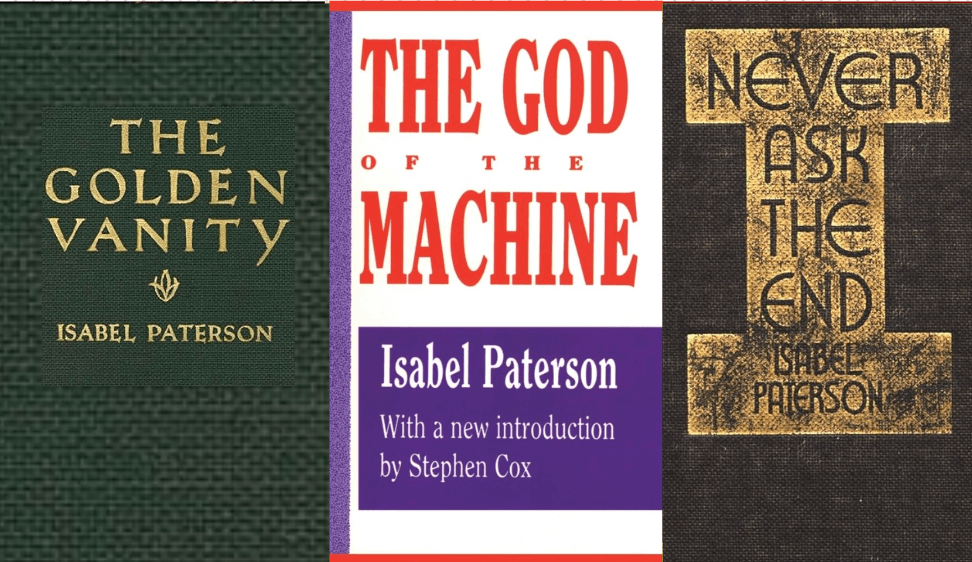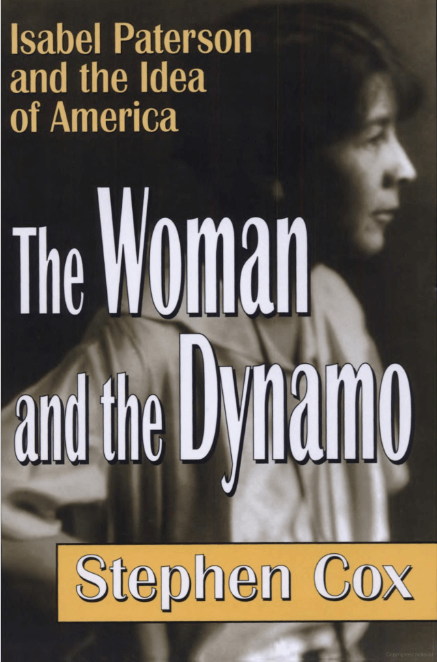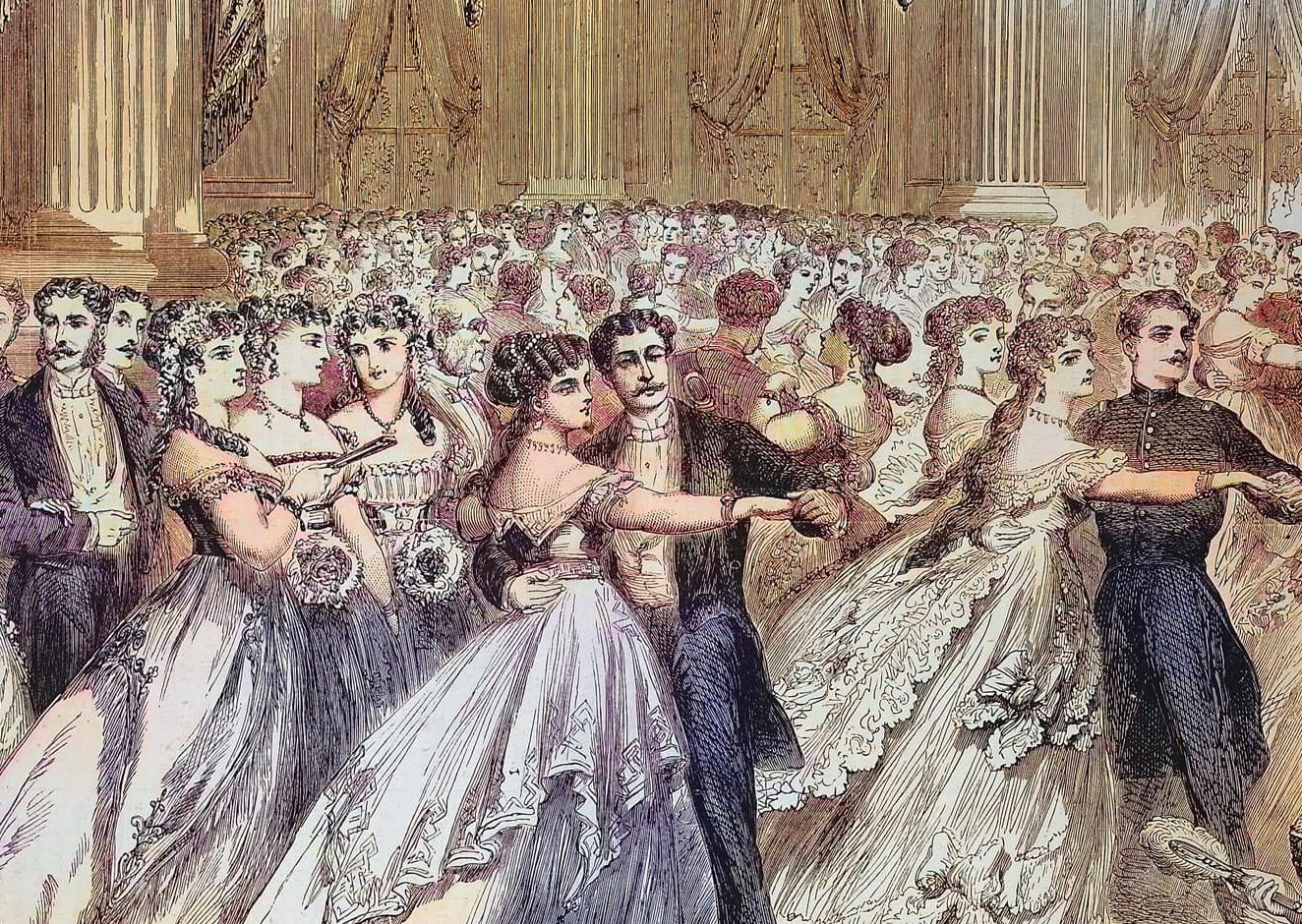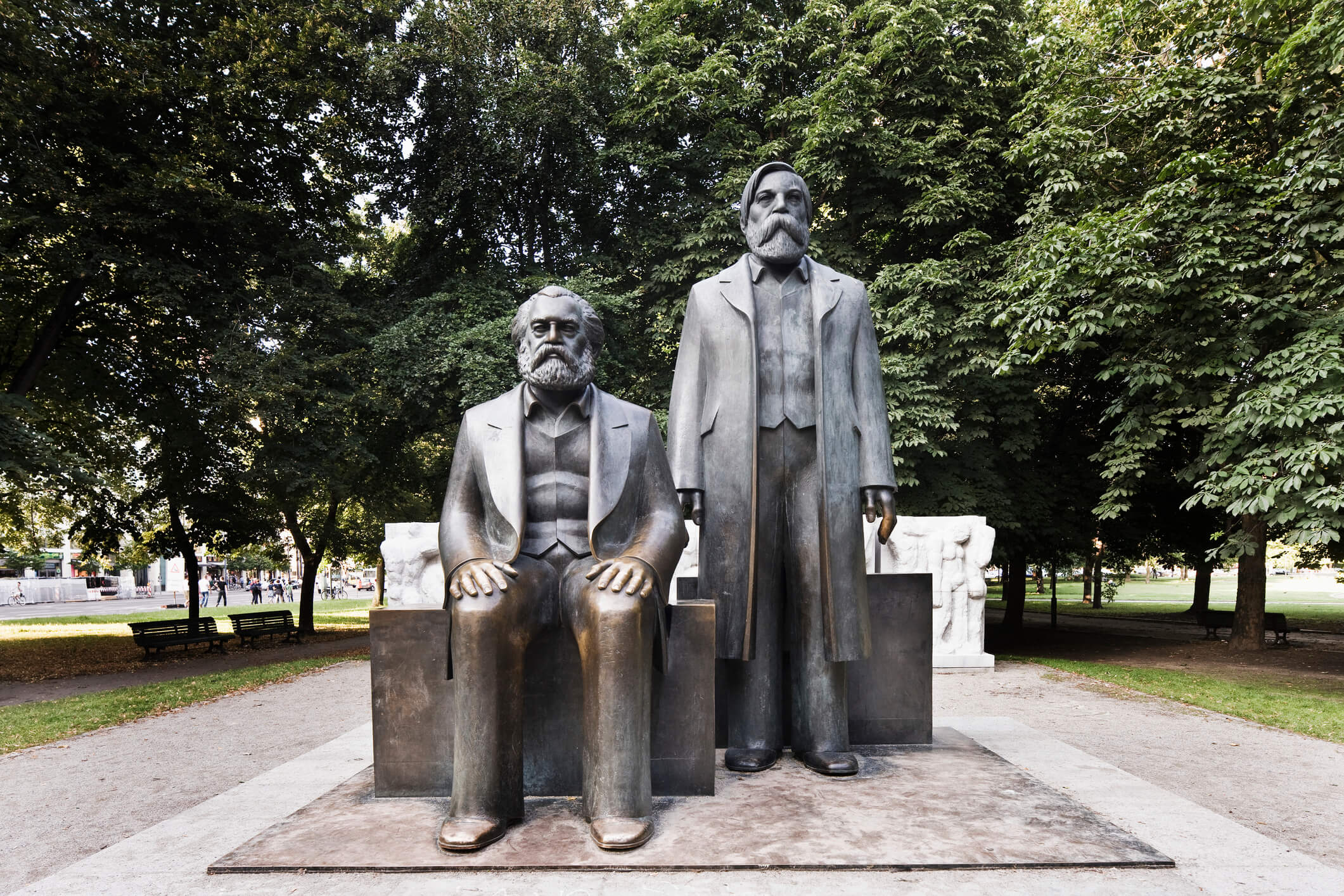Isabel Paterson, subject of this engaging new biography by Stephen Cox, is best known, to the extent she is known at all, for her 1943 book The God of the Machine. That same year famously saw the publication of other noteworthy additions to the literature of freedom as well, including Rose Wilder Lane’s Discovery of Freedom and Albert Jay Nock’s Memoirs of a Superfluous Man. Even amidst such distinguished company, Paterson’s volume stood out, albeit as much for its oddity as much as for its substance. The God of the Machine was an attempt at establishing something like a mechanics of freedom. When Paterson described the process whereby the institutions of civil order and the free market channeled the potential energy of human ingenuity into the dynamic power of civilization—the “long circuit of energy,” in her words—she did not mean it as a metaphor. For Paterson, the relationship between liberty and human achievement was as firmly fixed and regular as any physical law.
The God of the Machine was not without influence in its day, particularly upon the young Ayn Rand, who was a friend of Paterson. “It does for capitalism what Das Kapital did for the Reds,” Rand said, and even years later, long after she and Paterson had parted ways over religion—about which the older woman was open-minded, if not a believer—and other matters, Rand continued to recommend the book to her followers. But The God of the Machine never sold well. Today it is little read, its influence attenuated, with William F. Buckley, Jr., going so far as to write, “Mrs. Paterson’s book was not readable in 1943, is not readable in 2004, and has had no discernible impact . . . on the corpus of conservative, anti-socialist thought.” As much as one might like to think otherwise, it is hard to escape the conclusion that Buckley gave utterance not just to his own opinion but to the verdict of history.
Has Stephen Cox, professor of literature at the University of California, San Diego, taken up a quixotic task, then, in writing a biography of Paterson? He has not, both because he succeeds in rousing the reader’s interest in The God of the Machine and, moreover, because he shows that there was much more to Isabel Paterson beyond her most famous work. What Cox has provided, in fact, is a model intellectual biography of a woman who was one of the leading individualist voices of the early twentieth century and, for a time, one of the most influential literary journalists in the country.
Born Mary Isabel Bowler in 1886, Paterson spent her childhood and early adult years on the American and Canadian frontier, from Michigan to Alberta, Utah, and California. The frontier as she knew it—and as she and described it in several of her nine novels—was neither the Wild West nor peopled by impossibly heroic pioneers. On the contrary, the settlers were average types, even rather lazy, according to Paterson. But with “the minimum possible external regulation” they practiced “the maximum of voluntary civility and morality,” she noted. And the life had its amenities, chief among them books, read and reread by frontier families and cherished above all by the young Paterson. Far from being provincial or sterile, the life of the mind on the frontier was sufficiently vibrant that an intelligent young woman could educate herself well enough to become in later life a mainstay of the New York Herald Tribune’s “Books” supplement.
After experience with a number of periodicals out West, literary aspirations led Paterson to New York. Along the way she acquired and rapidly lost a husband, whose most lasting outward impression upon her life was the donation of a new surname—already she had abandoned her given first name and come to be known as Isabel. The reasons for her permanent separation from Kevin Paterson after a few weeks of marriage remain obscure even to Cox, who has admirably reconstructed Isabel’s early years from scanty sources.
Cox carefully and closely scrutinizes the novels Paterson wrote after her arrival in the metropole. While she might not in fairness be said to be a novelist even of the second rank, her works, Cox finds, are not without interest beyond the biographical variety. Indeed, he calls her 1934 work The Golden Vanity “one of the few really impressive novels written about the Great Depression.”
It was not as a novelist that Paterson made her mark, however, but as a writer for the Herald Tribune and Herald Tribune “Books” for nearly a quarter of a century. Her “Turns With a Bookworm” column, begun in 1924, grew rapidly in influence and soon had bookmen and authors looking to I. M. P.’s scalding wit with equal parts consternation and awe. Politics was as likely as literature to appear in Paterson’s columns, but she always maintained the independence of her literary judgment. She praised authors like Arthur Koestler whose views she found muddled or simply wrong, and she did not take pains to spare writers more sympathetic to her principles who nonetheless failed to demonstrate any talent. She sided with the avant-garde against the New Humanists but reserved her most acidic scorn for those she considered to be radical poseurs, most especially Gertrude Stein. On hearing that Stein was to give a talk entitled “The History of the English Language as I Understand It,” Paterson quipped, “That should be a very brief lecture.”
As the tenor of national politics grew ever more collectivist in the Thirties and Forties and the publishing industry filled with Communist sympathizers—and indeed outright Communists—Paterson’s position became embattled. She remained popular with readers, but ideological and personal tensions within the Herald Tribune combined to have her “retired” in early 1949. By then individualism was near its nadir and few outlets for her writing remained. The last decade of Paterson’s life, as Cox soberly relates, was one of economic hardship compounded by her principled refusal to cash the Social Security checks she received. John Chamberlain attempted to enlist her for a revival of the Freeman, but only succeeded in incensing Paterson with the low rates he offered—the only rates he could offer, as it happened. William F. Buckley, Jr., met with better luck initially, and Paterson contributed a few pieces to the young National Review. But a disagreement over an article in which she had criticized the Du Pont family in what Buckley thought were excessively ad hominem terms led to a rupture. When Buckley suggested changes to the piece she replied to him with a quote from General Nathan Bedford Forrest: “I tole you twicet, Goddammit, NO.” Whittaker Chambers, for one, did not think Paterson worth the trouble.
Cox, a senior editor of Liberty magazine, occasionally mars his otherwise excellent book by proselytizing for his libertarianism in a heavy-handed fashion and taking it for granted that the reader should share his interests. “The Fountainhead, as everyone knows, is the story of Howard Roark,” he writes at one point, as if casual familiarity with the works of Ayn Rand were a prerequisite of cultural literacy. Perhaps the remark is meant ironically, although similar if less egregious passages elsewhere in The Woman and the Dynamo suggest that is not the case.
The author finds in Paterson an ancestral libertarian far more to his liking than other contemporary individualists; Mencken and Nock are too elitist for his tastes, and he lets the reader know it. Nock fares particularly poorly at Cox’s hands, painted as an outright bore. Of Memoirs of a Superfluous Man, Cox writes, “its subject, even to a tiresome degree, is Albert Jay Nock.” As provocative as such judgments may be, they do serve to cast into sharp relief the real differences between the relatively more populist Paterson and the unabashedly Olympian stances of Nock and Mencken.
His periodic forays into sectarianism do little to undermine Cox’s achievement. In illuminating the life of Isabel Paterson, he has rendered a service not only to libertarians but also to conservatives and indeed to all who have an interest in the intellectual history of the American right. The Woman and the Dynamo came about in part, in fact, at the urging of Russell Kirk, who saw in The God of the Machine a classic worthy of inclusion in the Library of Conservative Thought he cultivated for Transaction Publishers. Kirk asked Cox to write an introduction for a new edition of Paterson’s book and pressed him to pursue his study of her at greater length. We can be glad that Cox took his advice, for The Woman and the Dynamo, as a serious and insightful treatment of an individualist firmly committed to the best of the American tradition in letters and political philosophy alike, is a work that Dr. Kirk would surely have commended.
















